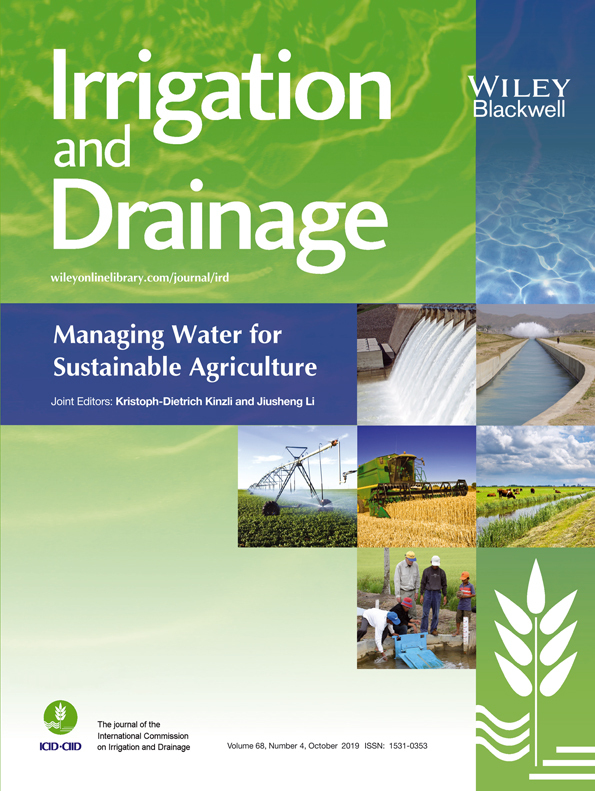Evaluation of Groundwater Quality and Agricultural use Under a Semi-arid Environment: Case of Agafay, Western Haouz, Morocco†
Abstract
enWater resources are a priority for economic development, aiming at meeting the increasing needs of agriculture and all socio-economic sectors. Agriculture is one of the essential pillars of this development in the Haouz Plain. Under a semi-arid climate, irrigation, consuming more than 85% of available water, is inevitable for most crops. Hence, groundwater is becoming increasingly under pressure.
Salinization due to poor irrigation management is one of the main causes of soil degradation. In this context, assessment of groundwater quality and risks of soil salinization was carried out in irrigated citrus orchards located in the western part of Haouz and aimed at understanding the connection between natural context, irrigation practices, and water and soil salinization. The spatial distribution of aquifer potential lines is affected by groundwater over-exploitation. Moreover, geologically, the Palaeozoic substratum rise constitutes an obstacle for underground flow, which explains the low values recorded and measured around the studied area.
The groundwater quality in the study area is characterized by strong mineralization, consequently affecting the soil by secondary salinization due to the intensive use of moderate saline waters from groundwater. Using a mixture of different water origins is a practical measure to reduce the risks of degradation of the soil. © 2019 John Wiley & Sons, Ltd.
Resume
frL'eau est indispensable à tout développement socio-économique, pour répondre aux besoins croissants du secteur agricole et de tout secteur socio-économique. L'agriculture est l'un des piliers essentiels du développement dans la plaine du Haouz. Dans un climat semi-aride, l'irrigation, qui consomme plus de 85% de l'eau disponible, est inévitable pour la plupart des cultures. Par conséquent, les eaux souterraines sont de plus en plus sollicitées pour répondre à cette forte demande.
La salinisation des sols due à la mauvaise gestion de l'irrigation est l'une des principales causes de dégradation des sols. Dans ce contexte, une évaluation de la qualité des eaux souterraines et des risques de dégradation des sols est réalisée dans les vergers d'agrumes irrigués situés dans la partie occidentale du Haouz et visant à comprendre le lien entre contexte naturel, pratiques d'irrigation et salinisation des eaux et des sols.
Les résultats montrent que la piézométrie de l'aquifère est affectée par une forte surexploitation des eaux souterraines. Ensuite, géologiquement, la remontée du substrat paléozoïque constitue un obstacle aux flux souterrains, ce qui explique les faibles valeurs enregistrées et mesurées au niveau de la zone d'étude.
Les eaux souterraines sont caractérisées par une forte minéralisation, qui a affecté le sol par une salinisation secondaire due à l'utilisation intensive des eaux souterraines modérément salées. Cependant, l'utilisation d'un mélange eaux souterraines–eaux de surface est une mesure pratique de prévention et d'atténuation du risque de dégradation des sols. © 2019 John Wiley & Sons, Ltd.




